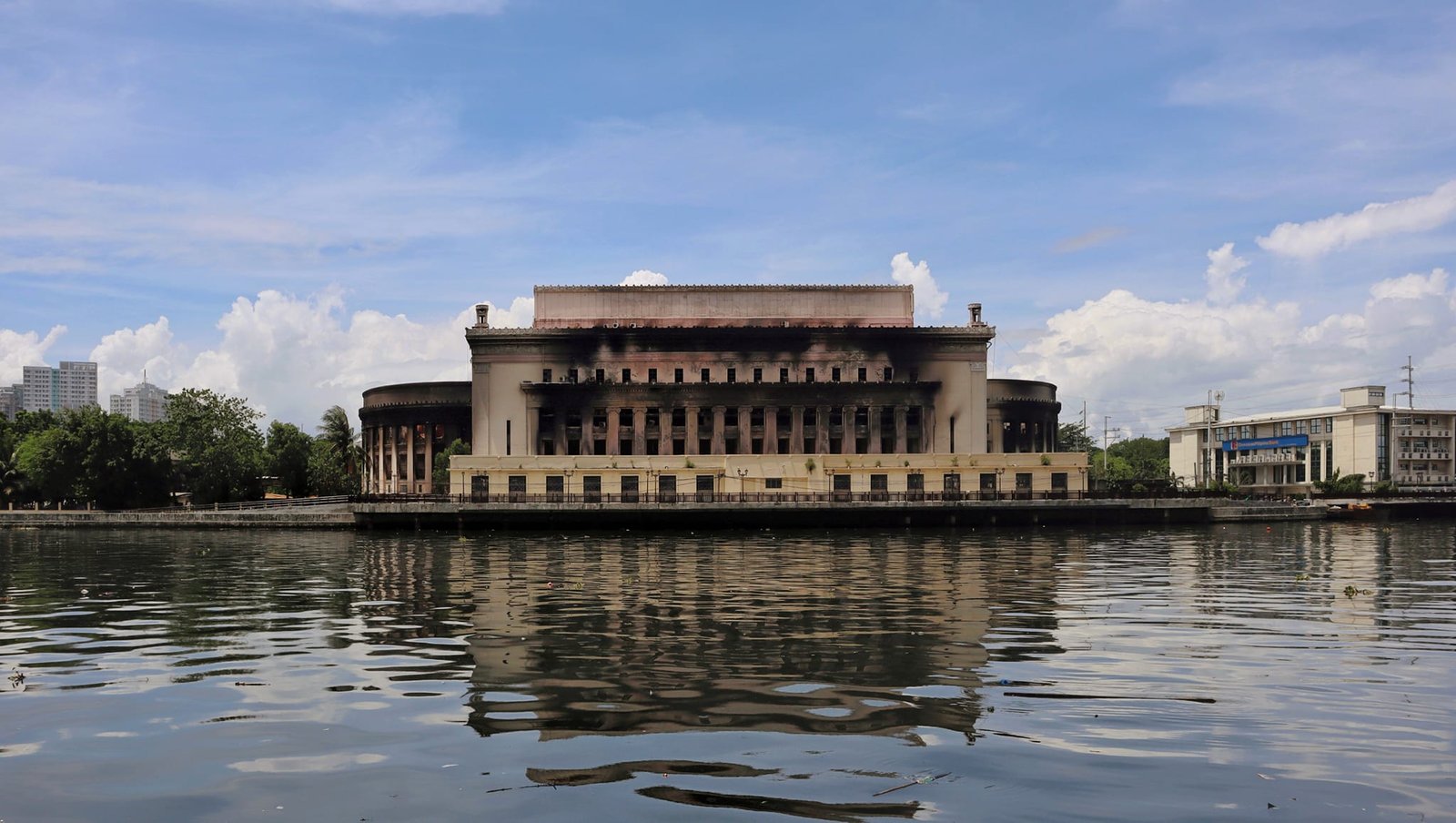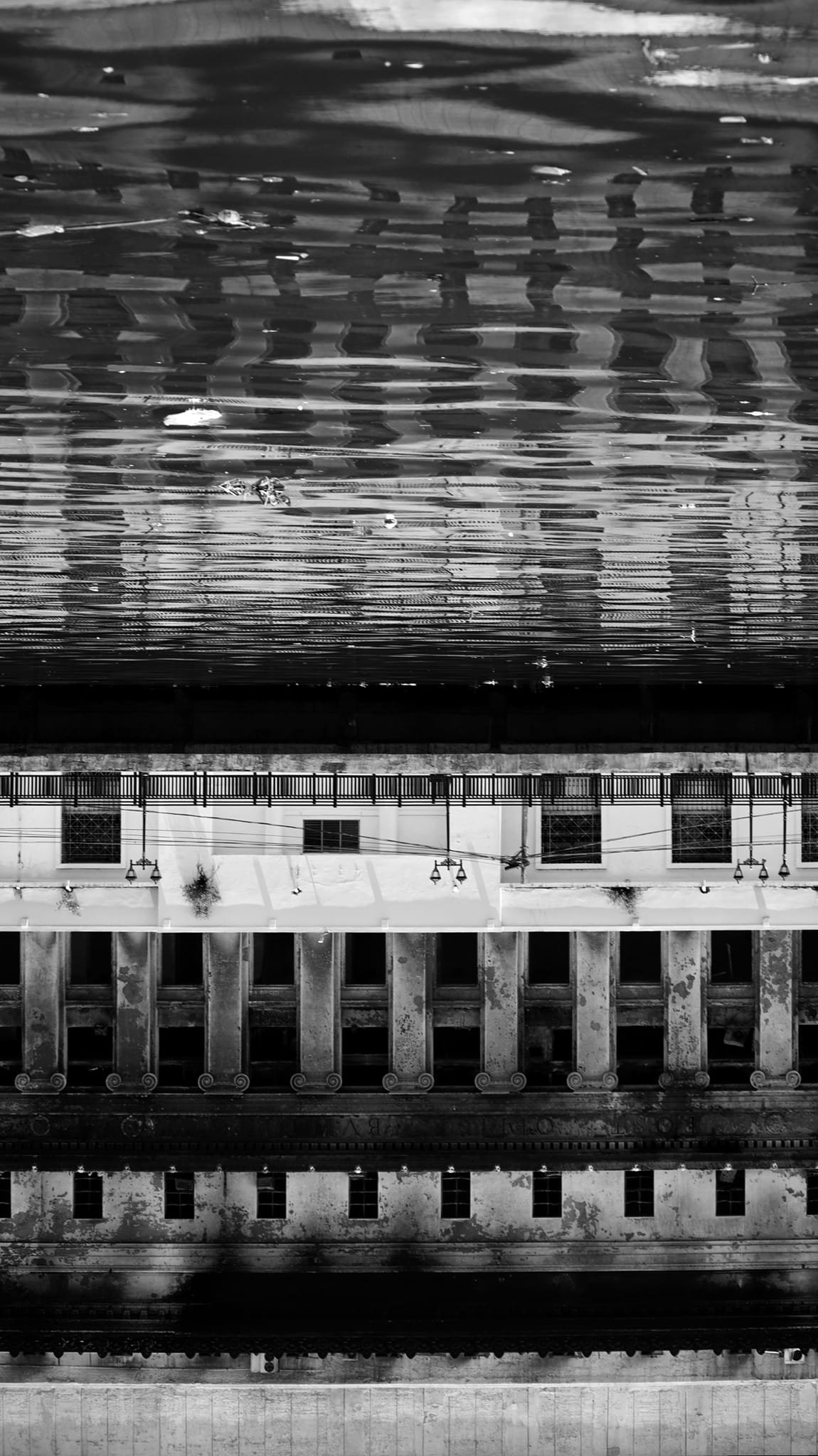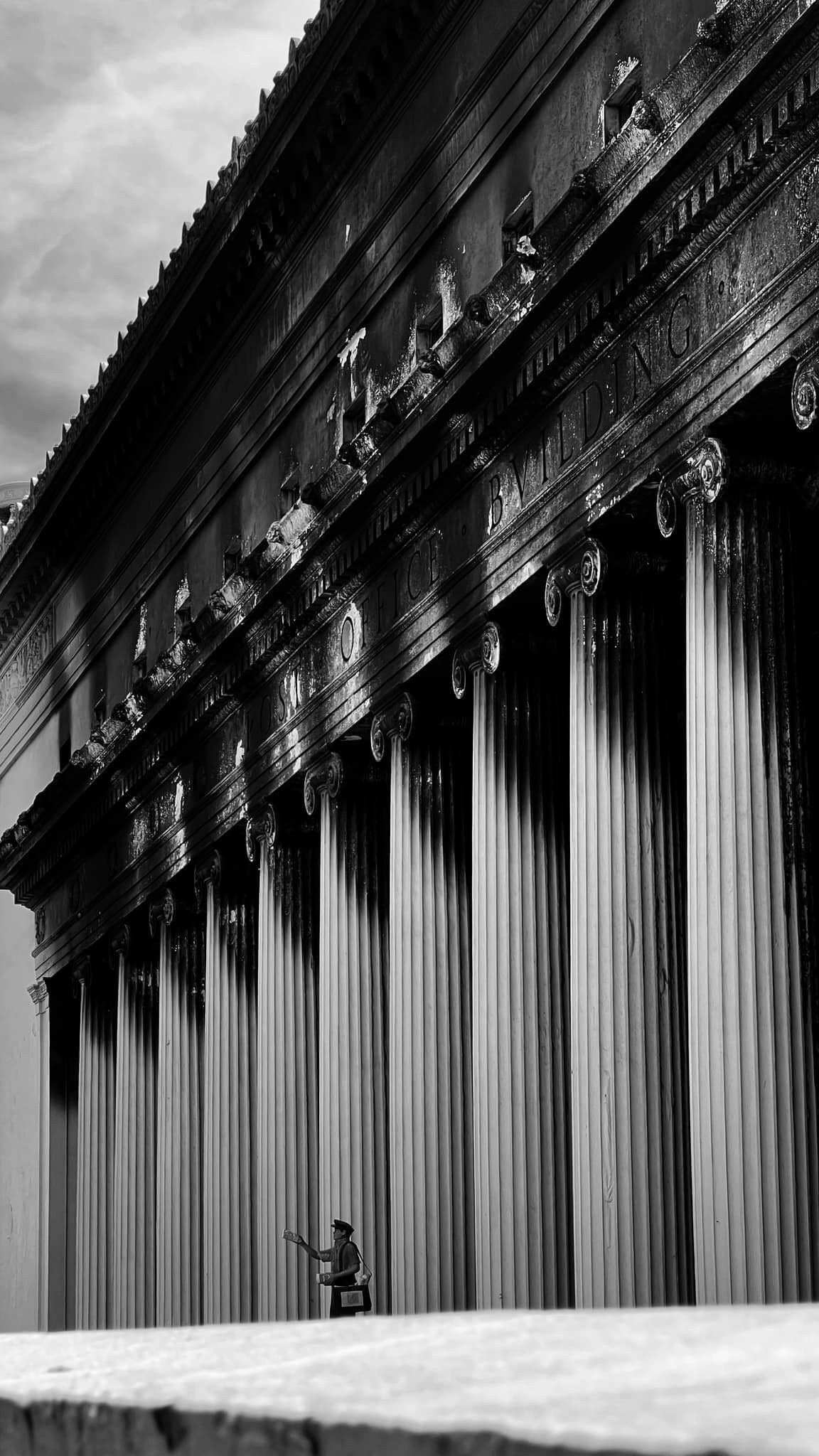Words PHLPost and the Kanto team
Images Patrick Kasingsing and PHLPost


Editor’s note: This is a supplied release from PHLPost. The team made factual additions to the release as part of our edits. You may read Kanto’s coverage of the aftermath of the Manila Central Post Office fire, where we talked with heritage experts and advocates on the structure’s state and future here.
The Binondo Fire Volunteers risked life and limb to help put out the catastrophic fire that ravaged the historic Manila Central Post Office last May 21, 2023. Now, they are once again playing a crucial role in the building’s rebirth by helping clean up the structure in preparation for restoration. They helped clear the Manila Central Post Office’s cavernous lobby and flooring of debris and fire stains with a high-pressure fire hose, a small but vital step in getting the 1926 heritage building back on its feet.
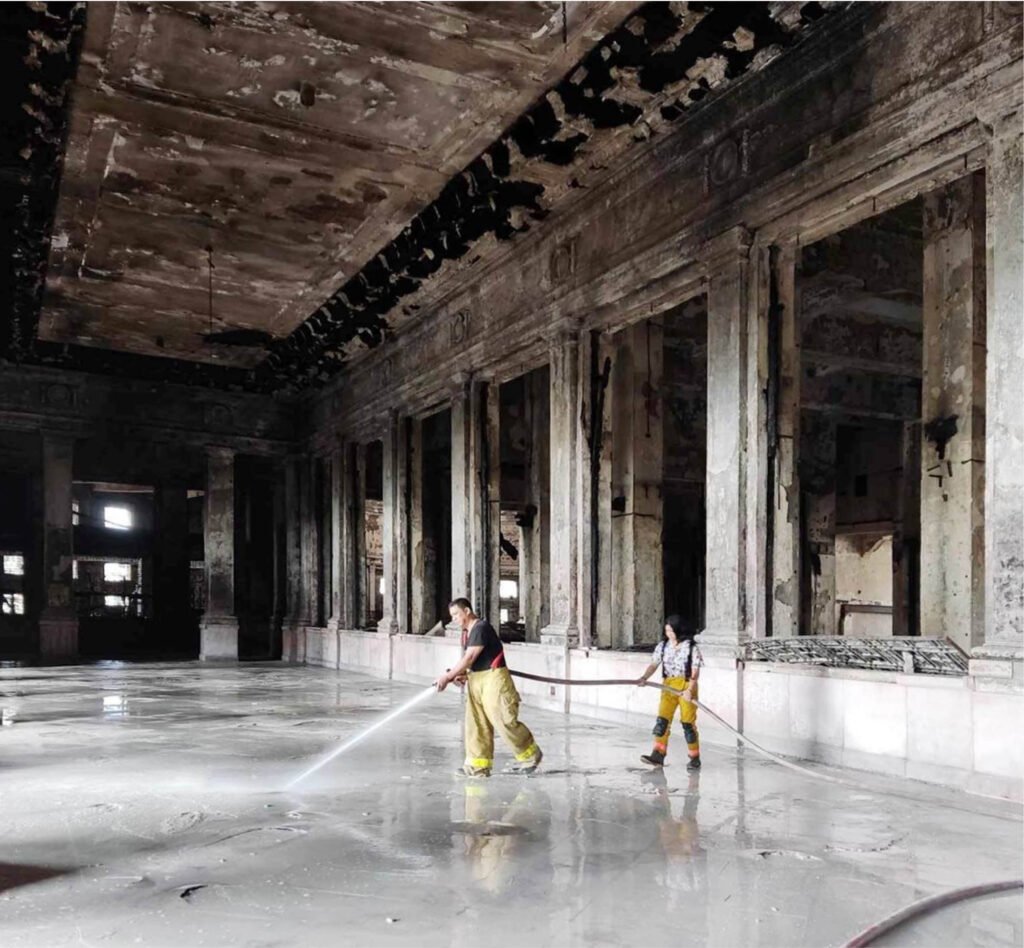

Plans to preserve and revitalize the historic building are now in motion, led by the Inter-Agency Task Force for Cultural Heritage. The Department of Tourism is also exploring the possibilities of integrating the Manila Central Post Office Building as a component of a planned cultural circuit in Manila.
Prior to the cleanup, the Philippine Postal Corporation (PHLPost) has enlisted a conservation architect to kickstart the restoration process; the team will be identifying objects and elements damaged by the fire that carries historical value, which they will then tag, catalog and retrieve. As a precaution, PHLPost is safeguarding the facility by temporarily shoring up the fire-damaged structure, with props to prevent collapse and further damage.
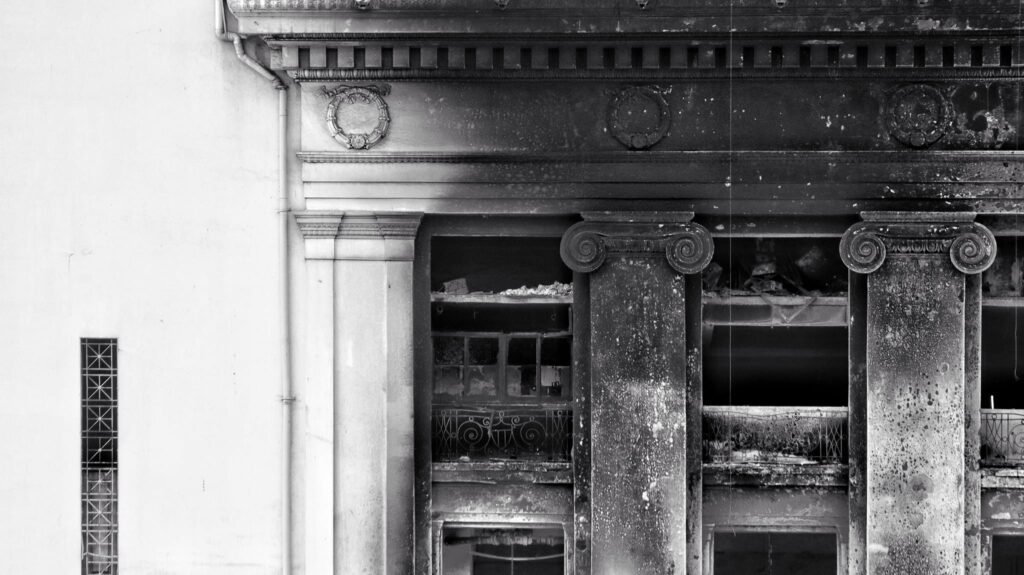

The neoclassical Manila Central Post Office was designed by architects Juan M. Arellano, Tomás Mapúa, and Ralph Doane and completed in 1926. The Second World War dealt the structure with severe damage, which led to its reconstruction in 1946. On an interview with Kanto, ICOMOS’s Erik Akpedonu talks about the landmark’s importance: “The Post Office is the largest and, again, arguably the most important heritage building from the American Era. This neoclassical masterpiece was designed by Filipino master architect Juan Arellano and is part of the grandiose terminus of Taft Avenue. Together, the Liwasang Bonifacio and the Post Office form the most beautiful and impressive urban space in the City of Manila. The view of the Post Office from Jones Bridge and from Binondo (Muelle de la Industria) across the Pasig River is also one of the (few) remaining iconic vistas of the city.”
In 2018, the landmark received the designation of Important Cultural Property (ICP) from the National Museum of the Philippines. This status gives the building access to government funding to aid in its “protection, conservation, and restoration,” as a structure of prime importance in the country’s national narrative. The Post Office was devastated by “accidental fire” last May due to a car battery explosion in a basement storage room, as reported by the Bureau of Fire Protection. •


